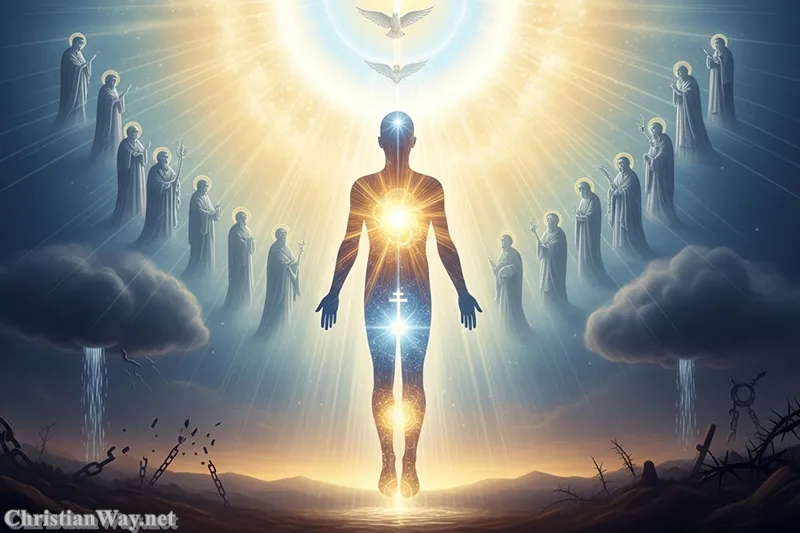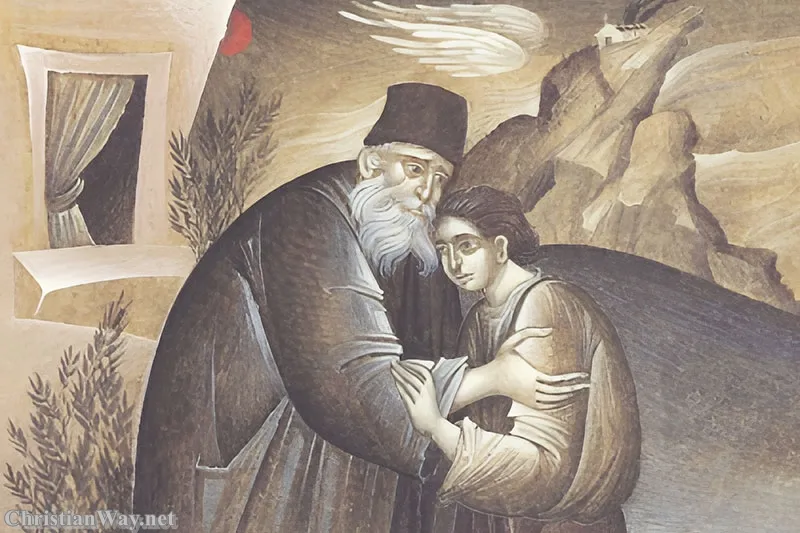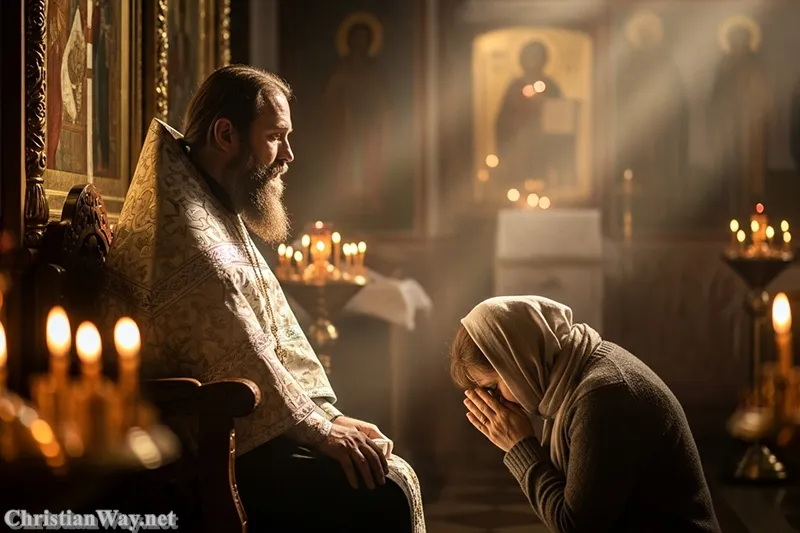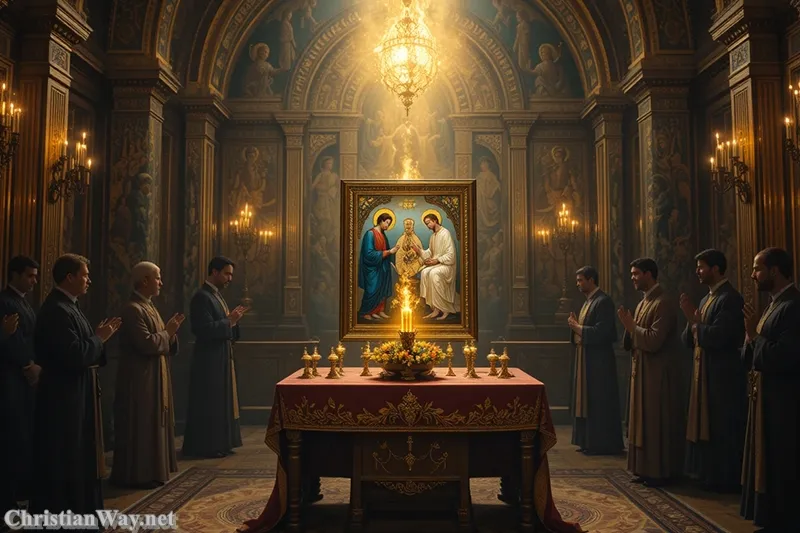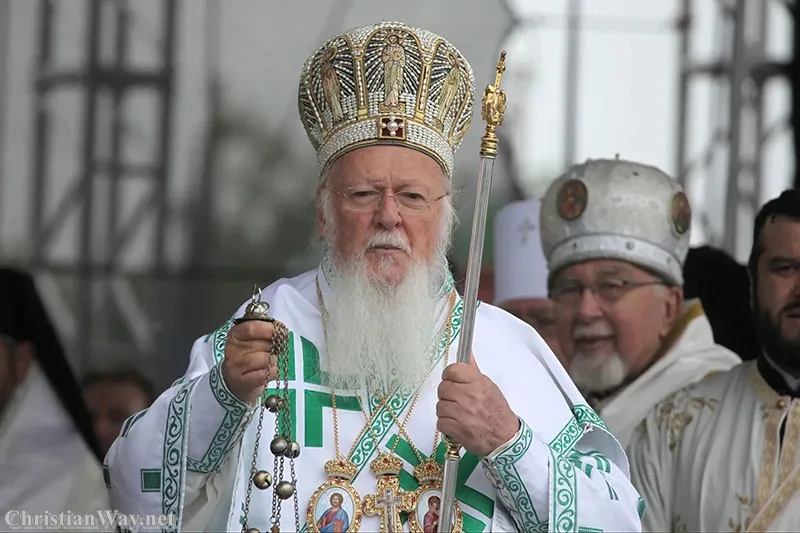Dear friends in Christ,
Every Christian heart that contemplates the life of the Virgin Mary is drawn into a mystery that cannot be fully measured by reason alone. In the stillness of her “yes” to God, the history of salvation found its turning point. Yet, within Eastern Orthodoxy, the Virgin Mary—whom the Church calls Theotokos, meaning “God-bearer”—holds a uniquely radiant place. She is not simply honored for her virtue, but revered as the living temple of the Incarnate Word, the bridge between heaven and earth, the one who offered her humanity so that God might take flesh for the salvation of the world.
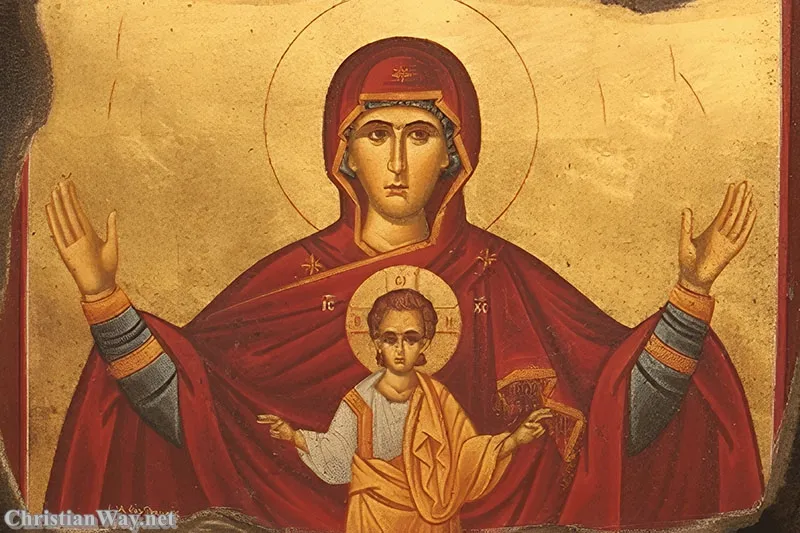
The Orthodox Church’s love for the Mother of God is not sentimentality; it is theology in its purest form — theology lived as worship. To understand how the Orthodox revere the Virgin Mary is to glimpse how they understand Christ Himself, for every hymn sung to her ultimately leads back to the mystery of the Incarnation.
The Theotokos: The Heart of Orthodox Christology
The title Theotokos (Θεοτόκος) — “God-bearer” — stands at the very center of Orthodox belief. It was formally proclaimed at the Council of Ephesus in 431 AD, not merely to exalt Mary, but to defend the truth of who Jesus Christ is: true God and true man.
When Nestorius, Patriarch of Constantinople, suggested that Mary should be called Christotokos (“Mother of Christ”) instead, the Church perceived the danger — that this division might suggest Christ’s humanity and divinity were separate. St. Cyril of Alexandria responded with divine clarity:
“If anyone does not confess that Emmanuel is truly God, and therefore that the holy Virgin is Theotokos, since she bore according to the flesh the Word of God made flesh, let him be anathema.”
In this way, the Orthodox confession of Mary as Theotokos is not an isolated Marian devotion; it is an affirmation of the Incarnation itself. To deny her title would be to fracture the unity of Christ’s divine and human natures. Thus, every time the Orthodox faithful cry out “Most Holy Theotokos, save us,” they are invoking not an independent power in Mary, but the intercession of the one through whom God entered the world.
Mary’s Purity and Obedience: The Gateway of Salvation
The Virgin’s “fiat,” her humble acceptance of the angel’s message, is the hinge of history. The Archangel Gabriel’s words — “Rejoice, O full of grace, the Lord is with you” (Luke 1:28) — open a new covenant between God and humanity.
In Orthodox understanding, Mary is the new Eve. Where Eve once said “no” to God’s command, Mary said “yes” to His invitation. Through her obedience, she becomes the door through which salvation enters. St. Irenaeus of Lyons, writing in the second century, expressed this wondrous reversal:
“The knot of Eve’s disobedience was loosed by the obedience of Mary; what the virgin Eve bound through unbelief, the Virgin Mary loosed through faith.”
The Orthodox tradition sees Mary’s purity not merely as freedom from sin, but as her perfect synergy with God’s will. She embodies what humanity was meant to be — fully open to grace, without resistance or pride. In her, the Word finds a pure dwelling place, and creation itself finds its fulfillment.
The Dormition: The Mystery of Her Falling Asleep
Among the most beloved feasts in Orthodoxy is the Dormition of the Theotokos, celebrated on August 15. This is the Orthodox equivalent of the Assumption, though the tone is different — more contemplative than triumphant. The word Dormition means “falling asleep,” and the feast celebrates not merely her death, but her peaceful passage into eternal life, her union with her Son.
According to sacred tradition, the apostles were miraculously gathered from all corners of the earth to be present at her death. Christ Himself came to receive her soul, radiant in glory. Three days later, when Thomas arrived late and the tomb was opened for him, her body was gone — a sign of her resurrection and glorification.
In the hymns of the feast, the Church sings:
“In giving birth, you preserved your virginity;
In falling asleep, you did not forsake the world, O Theotokos.
You were translated to life, O Mother of Life,
And by your prayers, you deliver our souls from death.”
This celebration reveals the Orthodox vision of human destiny — that death is not the end but a passage into life. In Mary’s Dormition, the Church sees the first fruits of the resurrection promised to all who are united to Christ.
Mary in Orthodox Worship and Prayer
In Orthodox liturgy, the Virgin Mary is present in every service. Her name is invoked in nearly every prayer, and her icon always stands beside that of Christ on the iconostasis — the holy screen separating the altar from the nave.
Every Divine Liturgy ends with the priest proclaiming:
“Most Holy Theotokos, save us.”
These words are not to be misunderstood as attributing divine power to Mary apart from God. Rather, they express the Orthodox belief that the Mother of God, being nearest to her Son, intercedes for us in love. Her closeness to Christ is our comfort, for she prays not as a distant figure but as a mother who knows the human heart.
The Akathist Hymn to the Theotokos — one of the most beloved devotions in Orthodoxy — is a lyrical celebration of her role in salvation. Each verse begins with the cry, “Rejoice!” as though echoing Gabriel’s greeting, honoring her as the “unwedded bride,” the “rampart of the faithful,” and “the ladder by which God came down.”
This hymn captures the Orthodox sense that Mary is not only venerated but deeply loved. She is the tender intercessor, the one who carries every sorrow to the throne of mercy.
The Icon of the Theotokos: Theology in Color
Icons are not mere art; they are windows into the divine. In the Orthodox Church, the icon of the Theotokos is not simply a picture of Mary — it is a revelation of the Incarnation.
In nearly every Orthodox icon of Mary, she is shown holding the Christ Child. Her gaze is often turned toward the viewer, yet her hands point to Him. This posture conveys the entire message of Orthodoxy: Mary does not draw attention to herself; she leads us to Christ.
Among the most beloved icons are:
- The Hodegetria (She Who Shows the Way): Mary points to Christ, indicating that He is the path to salvation.
- The Eleusa (The Tender Mercy): Mary and the Child press their cheeks together, expressing divine compassion and human tenderness.
- The Oranta (Our Lady of the Sign): Mary is depicted with her arms raised in prayer, and the image of the Christ Child appears within her — symbolizing the mystery of God dwelling within humanity.
These icons are not decorative but deeply theological. They teach visually what Scripture proclaims — that God has entered our world, and Mary is the vessel through whom His glory shines.
The Virgin Mary and Human Redemption
In Orthodox theology, Mary’s role is intimately tied to humanity’s restoration. Her life is the model of theosis — the process by which human beings are united with God through grace.
By freely cooperating with the divine will, Mary shows what it means to be fully human. She is not divine herself, but she is the most perfect example of what grace can accomplish in a human heart. St. Gregory Palamas, one of the great Orthodox theologians, described her as the “boundary between created and uncreated.” Through her, the divine and human meet without confusion or separation.
Her motherhood, then, is not only physical but mystical. She is the Mother of all who live in Christ. The Orthodox believe that her maternal love continues in eternity — that she intercedes for every soul struggling on the path of salvation, guiding us as a loving mother guides her children home.
The Virgin Mary in the Daily Life of the Orthodox Christian
For Orthodox believers, devotion to the Theotokos is not an optional sentiment but a living relationship. Her name is invoked at the beginning and end of every prayer, during personal devotions, and in times of suffering or joy.
When a believer lights a candle before her icon, it is an act of trust — a way of placing one’s heart in her gentle care. When an Orthodox mother teaches her child to say, “Holy Theotokos, intercede for us,” she is teaching not superstition but faith — the belief that love in heaven listens to the cries of earth.
In her life, the Orthodox find comfort: a woman who faced fear, misunderstanding, and sorrow, yet never lost her trust in God. Her steadfast faith at the foot of the Cross reminds every Christian that true discipleship often means standing firm in love even when all seems lost.
The Virgin Mary and the Unity of the Church
Though Orthodox and Catholic Christians differ in certain theological expressions regarding Mary — such as the Immaculate Conception — the heart of their devotion is remarkably close. Both traditions honor her perpetual virginity, her divine motherhood, and her glorification in heaven.
Many Orthodox theologians see Mary as a symbol of the Church itself: pure, faithful, and filled with the Spirit. As the Church gives birth to new children of God through baptism, so Mary gave birth to the Word made flesh. The Orthodox liturgy often calls her “the image of the Church,” and through her, the Church understands her own identity — as a mother, a virgin, and a vessel of divine grace.
Her person becomes a bridge of unity among Christians. In her humility and purity, all who call Christ Lord can find a point of reverence and hope.
Reflect and Pray
To contemplate the Virgin Mary in the light of Orthodox faith is to be drawn into a mystery far greater than one person’s holiness. It is to stand before the wonder of the Incarnation — that God so loved the world He chose to dwell within a woman’s womb.
Her quiet “yes” still echoes through the ages. Every believer, in every age, is invited to echo that same “yes” in their own heart — to allow God’s Word to take flesh in their life, to become a living vessel of His love.
Let us, then, pray with the ancient hymn of the Church:
“It is truly meet to bless you, O Theotokos,
Ever-blessed and most pure, and the Mother of our God.
More honorable than the Cherubim,
And more glorious beyond compare than the Seraphim,
Without corruption you gave birth to God the Word;
True Theotokos, we magnify you.”
May the prayers of the Most Holy Theotokos guide us to her Son, our Lord Jesus Christ, that we too may bear His life within us and become radiant with His glory.
— Fr. John Matthew, for Christian Way
